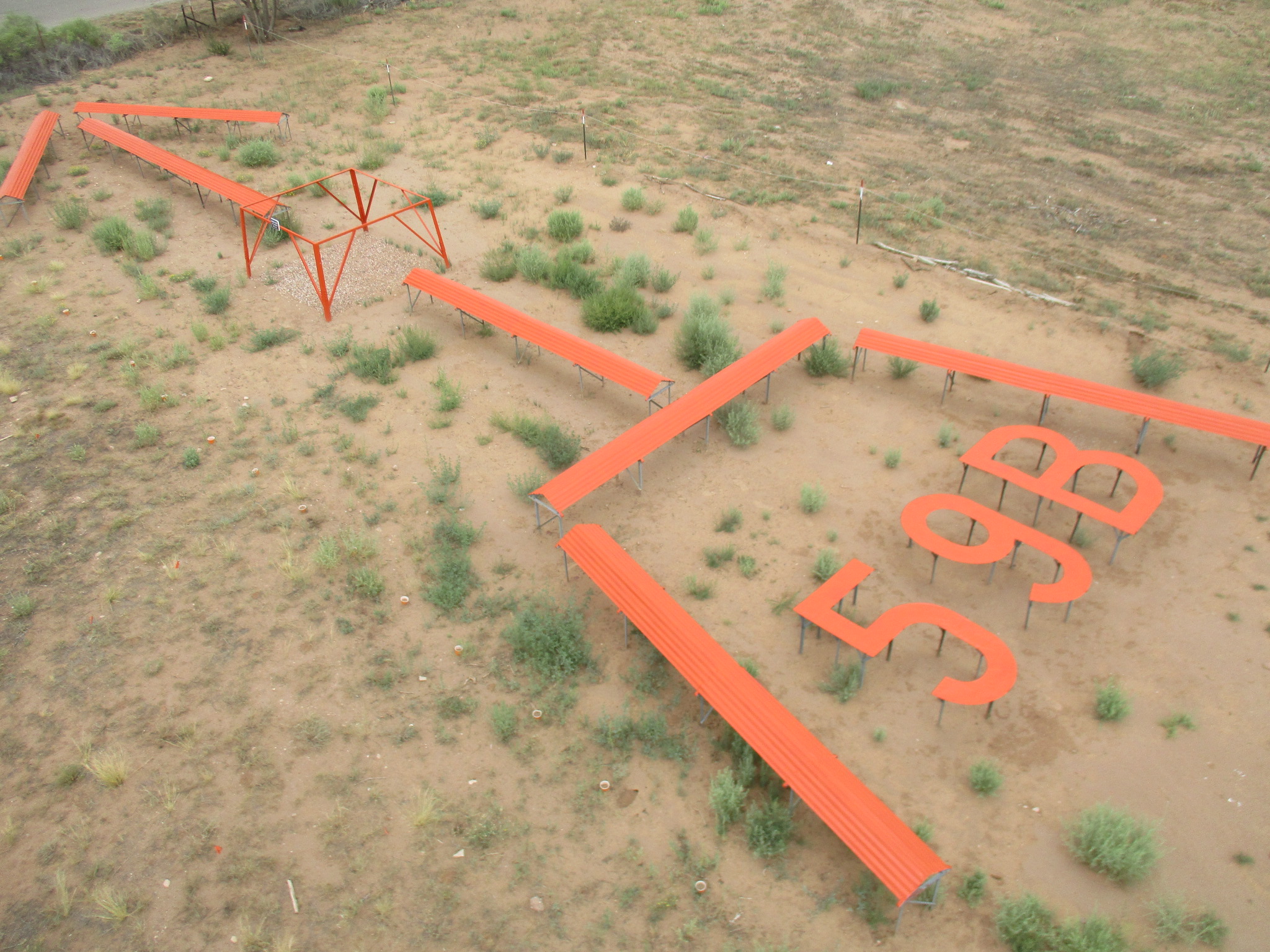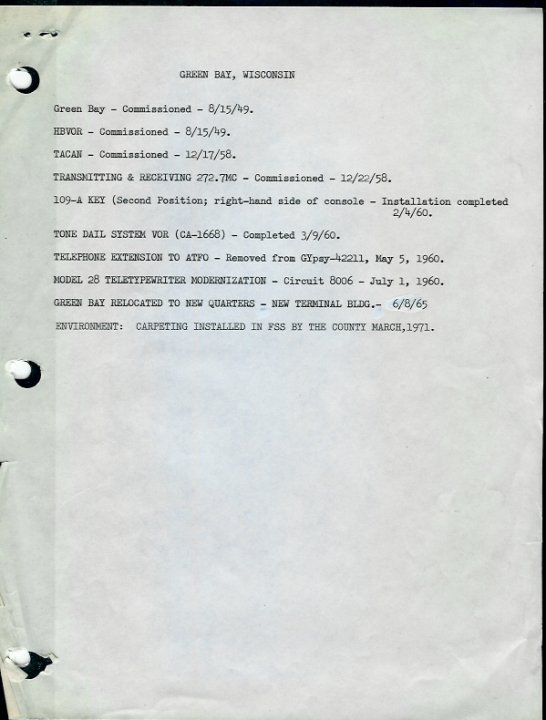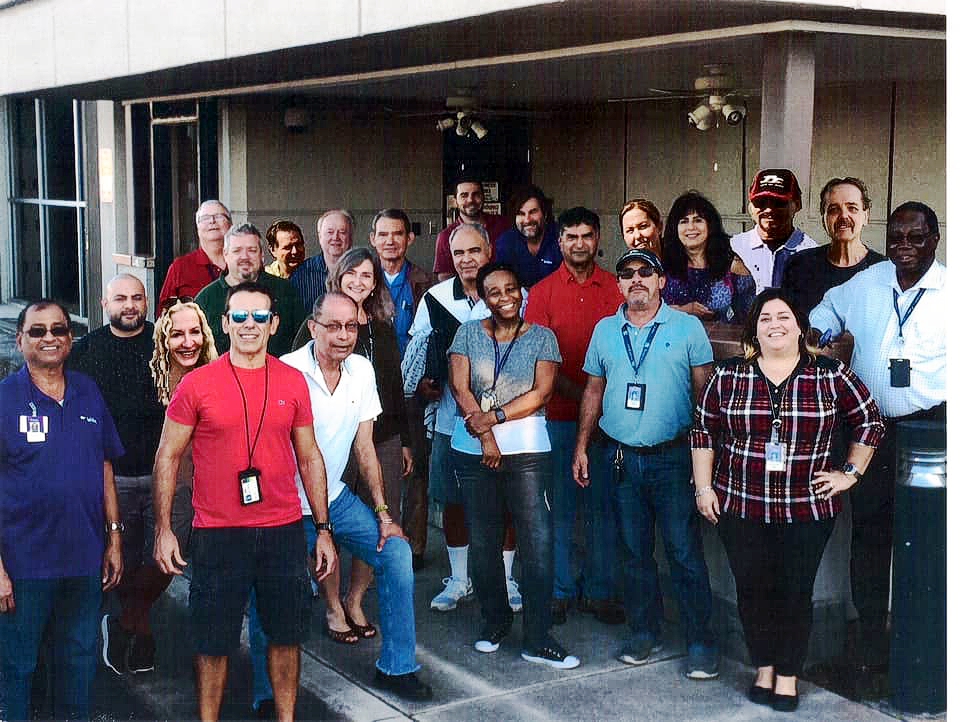Four-Course Radio Range
Date and location unknown
Photos by Jack Bell and Department of Commerce (DoC), courtesy of his son – Bill Bell
Historical Photo Background
The 2nd transcontinental airway was established across the country from New York to Los Angeles in mid 1929.. . However, not all the beacons were completed by July 1929. Transcontinental Air Transport (C. Lindbergh) established the route as a plane-and-train service coast-to-coast. They partnered with Pennsylvania and Santa Fe Railroads for night travel where beacons were not ready. Result – coast-to-coast in 48 hrs.
Charles Lindbergh – was on staff as the Technical Committee Chairman for the entire T.A.T airline venture. He was also a stockholder and the face of T.A.T., of course a household name in 1927 onward. (a plus for getting investors on board and for marketing the air service).
Service began July 1929. Sept 1929 was the first crash. This occurred west of Albuquerque at Mt. Taylor. By the time the western New Mexico beacons were all in place, the four-course radio navigation range was being deployed. Also, post-crash(es), moving the beacons south of the New Mexico mountains in a shorter air-line was desired, and the Department of Commerce forces (including Jack Bell who worked for the DoC from 1930-1932) did most of the work on relocation’s.
Per the photos, no challenge was too great for these crews. Removing the beacon towers left concrete arrows behind at many of the sites, but when re-installed in 1930-31 (mostly) the arrows were non-critical due to radio navigation signals, voice radios, enclosed cockpits, and better sectional charts. Only rarely across the US were arrows em-placed as of 1932. These were mainly the rare 1930’s metal arrows but were not always on airfield sites.
Relocating beacon sites was probably routine for these crews, but the obstacles were unique. Still, the technology was simple and reliable. One has to view these photos through a 1929 lens.
Corrections and historical information provided by Steve Owens and Dave DuPree.

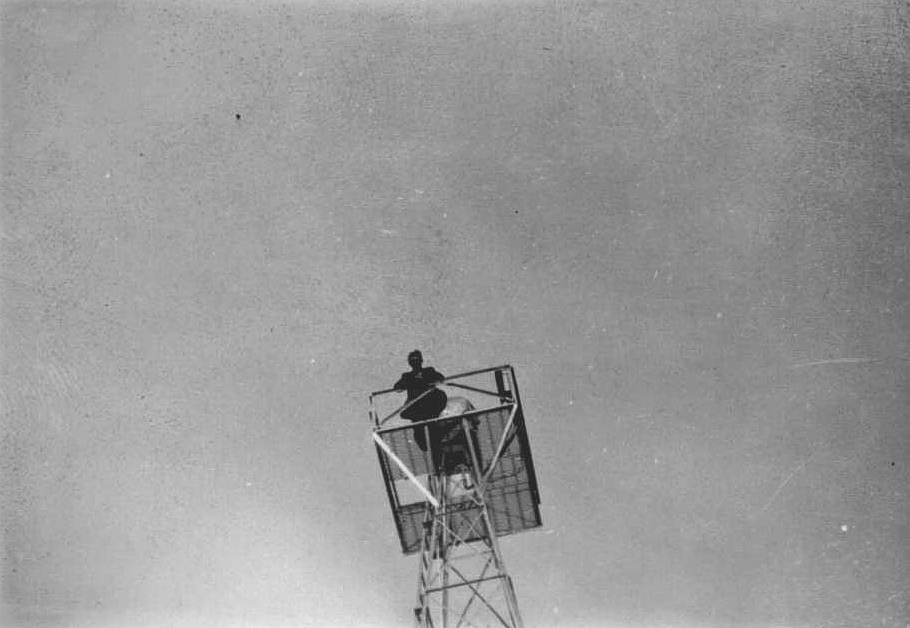
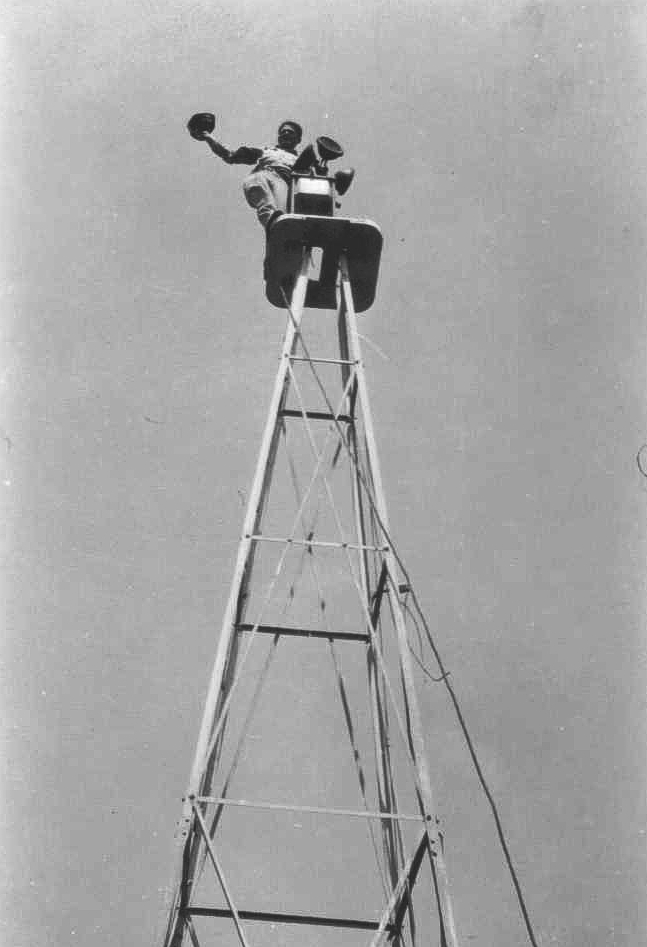



View the beautifully restored LA-A Hut 62 site








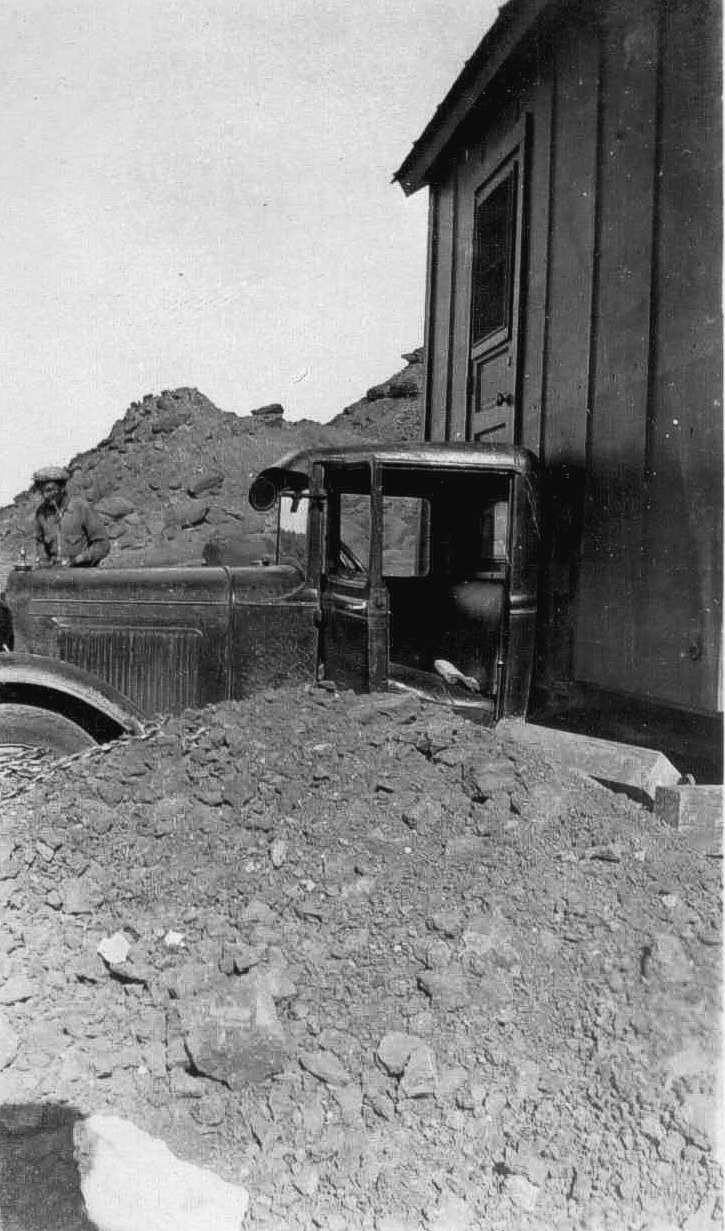



Click here for additional information on on Site 74






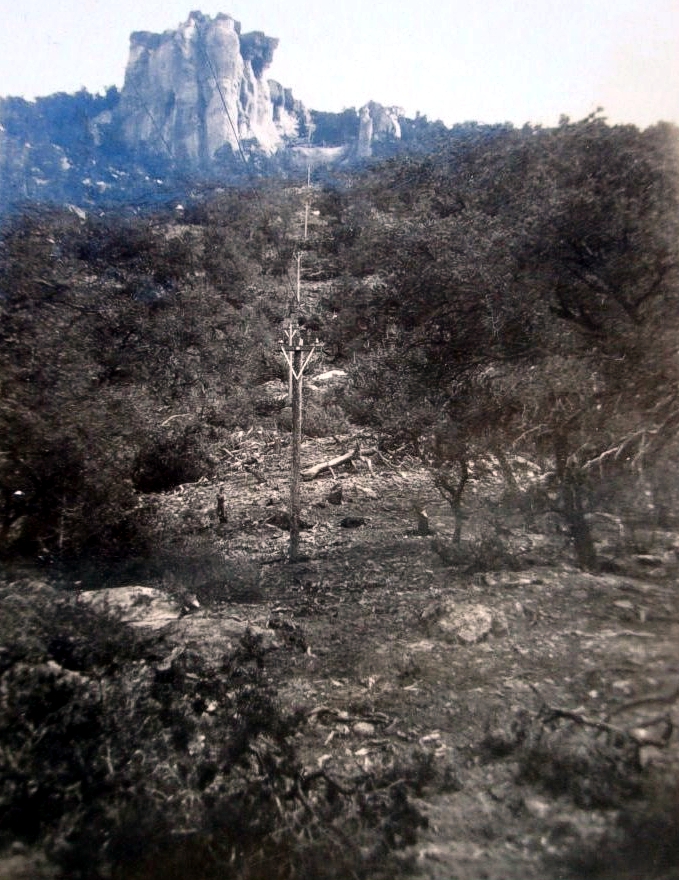







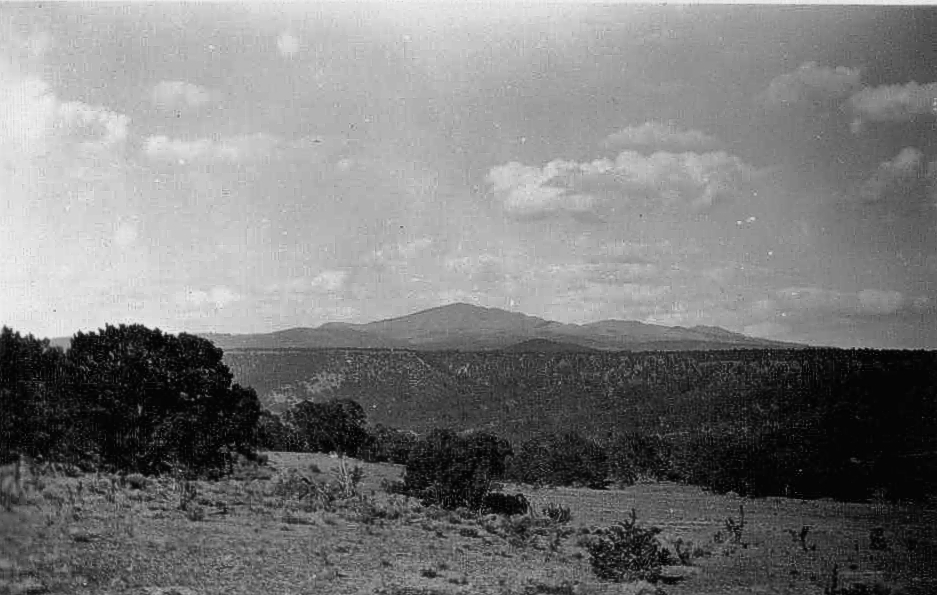
Both Steve Ownes and Dave DuPree have sought out unique beacon sites searching in Arizona for a concrete arrows and in New Mexico for a metal arrow other than airfield locations. So far, neither search has paid off for them. Metal arrows were easy to remove when a beacon site was shut down. They salvaged and restored the metal route arrow above for LA-A 59B, El Morro emergency field. Donated by the landowners at El Morro, this restored arrow is one key asset of their museum at Grants, New Mexico.
View several great historical videos from Cibola County Historical Society at Grants, New Mexico
 Four-Course Radio Range, Whitmore, CA, 2019
Four-Course Radio Range, Whitmore, CA, 2019
Located 5 miles west of Whitmore, California, this is one of the few remaining four-course radio range locations. Wooden poles were used instead of steel antennas because metal would have interfered with the pattern created by the loop antennas. Eventually, these were replaced by the VOR.
40°37’30.88″N 121°59’48.60″W
 Early low-frequency radio station (such as the above photo) based on crossed loop antennas; later installations used Adcock antennas for improved performance.
Early low-frequency radio station (such as the above photo) based on crossed loop antennas; later installations used Adcock antennas for improved performance.
Oshkosh, Wisconsin, Mobile FSS, 2006
As part of our FSS history, sometimes a portable FSS was setup for special events such as Oshkosh where pilots would come in for a briefing.
The above photo was operated by the Kankakee AFSS at the World Freefall Convention in Rantoul IL in 2006. The trailer was based in the midwest, and this mobile FSS contained a remoted version of the Oasis operating system.

